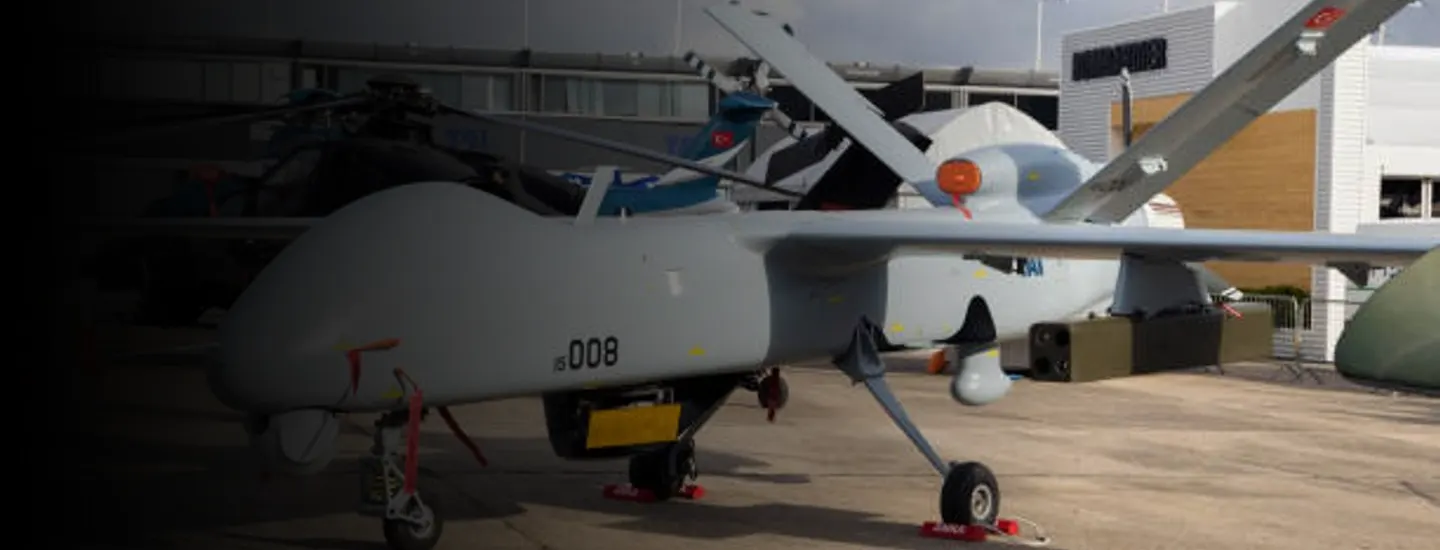A new category of relatively low-cost drones is conquering modern areas of armed conflict and challenging traditional air defense systems and tactics. As a result, the industrial landscape is beginning a period of significant reinvention.
In early June this year, Poland announced itself as the first NATO nation to purchase Turkey’s new TB-2 Bayraktar drones – expected to be delivered in early 2022. These inexpensive, tested, and proven systems have already been purchased by the Ukraine and feature on the shopping list of other Eastern European countries such as Bulgaria, Hungary and Serbia.
In addition, a number of nations such as India, Pakistan and Taiwan have already started to develop their own systems and many others will also allocate some portion of their budgets to build their own Unmanned Aerial Vehicle (UAV) fleet.
Historically, most countries have used drones primarily for surveillance and reconnaissance missions, while only a handful of nations including the US and Israel have had at their disposal the technology of armed drones capable of providing air strikes or close air support for ground forces.
Challenging the traditional approach to air defense
However, the landscape – or airspace – has evolved, with the deployment of Turkish drones in armed conflicts in Syria, Libya and most recently Azerbaijan, where Turkish missile-equipped drones displayed their superiority against numerous armored vehicles and air defense systems. The resulting shift in power could clearly be seen in the short duration of the conflict in the Nagorno-Karabakh region last year.
The proliferation of inexpensive drones has implications on traditional air defense. While one could argue that the drones’ military success was mostly a result of asymmetric warfare, or at least connected to rather weak and outdated air defense systems, the increasing volume of drones deployed and the associated costs to counter this threat represents a challenge for any military force.
Using missiles that cost more than UAVs and having to address significantly more airborne threats than in traditional combat scenarios can also easily become a challenge for any military force with stretched defense budgets. Therefore, air defense systems require upgrading to cope with this new kind of opposition in a more cost-efficient way, using adequate sensors, electronic warfare cover, and counter-drone systems.
The industrial landscape is changing fast, and potential players need to invest in more agile solutions to cope with this dynamic environment. More affordable defense systems are required and the organizations that are able to quickly realize this objective could establish a competitive edge against traditional players.
Under these circumstances one can expect that R&D budget allocation, R&D productivity and closer collaboration with potential customers will play a major role in the near future.
